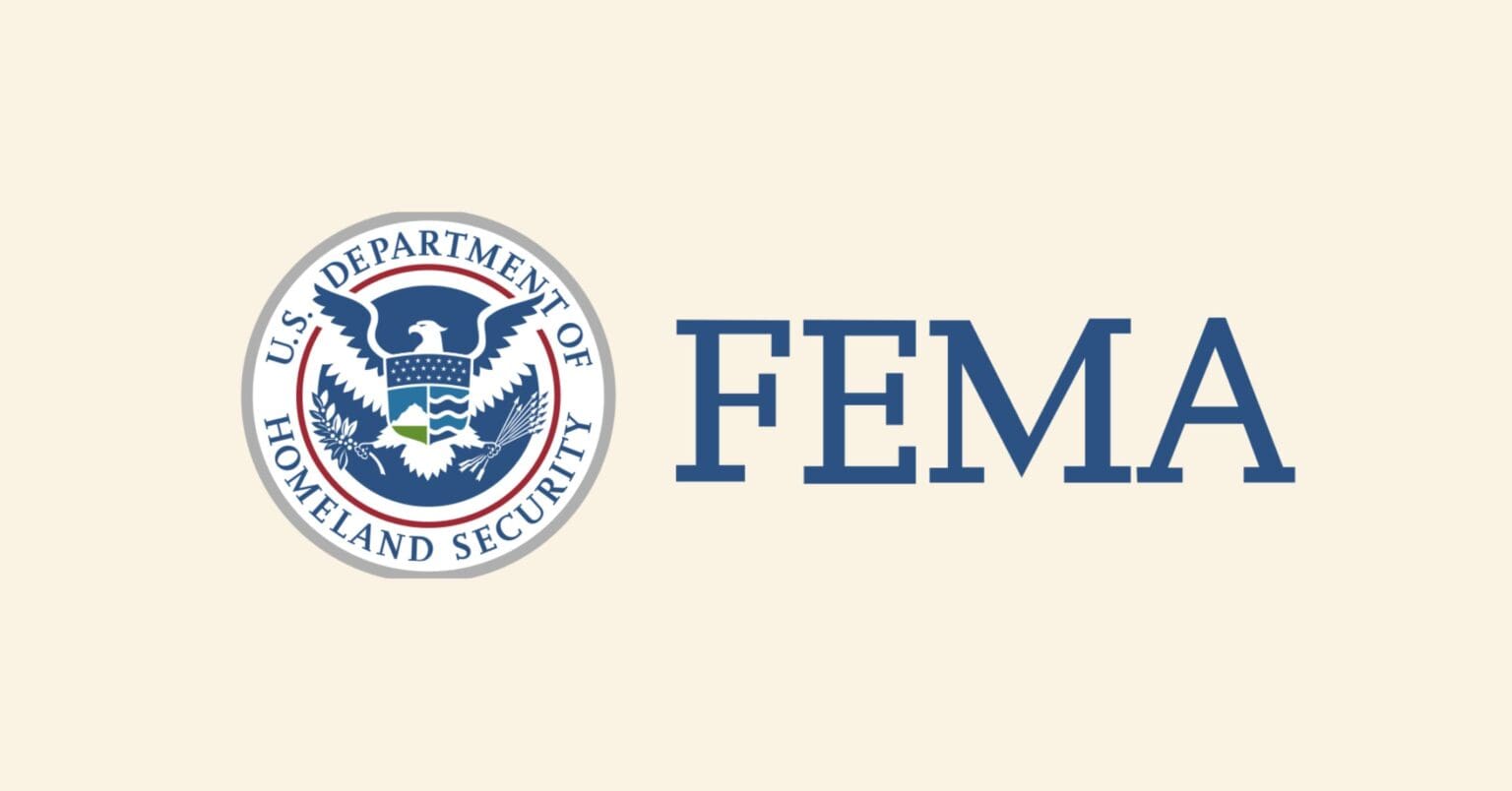House Panel Advances FEMA Reform Package
Back to News
On September 3, the House Transportation and Infrastructure Committee voted 57-3 to advance legislation – the Fixing Emergency Management for Americans (FEMA) Act (H.R. 4669) – that would provide long-overdue reforms to FEMA. The strong vote of support reflects a broad recognition in Congress that the federal disaster response and recovery system needs urgent reform. The legislation, sponsored by Chairman Sam Graves (R-MO) and Ranking Member Rick Larsen (D-WA), aims to streamline FEMA’s operations, reduce bureaucratic delays, and empower state and local governments to play a stronger role in emergency management.
CSAC will be submitting a letter of support for this bill and encourages counties to support as well. NACo has developed a template support letter that can be utilized.
The bill’s provisions include:
- Restoring FEMA as a Cabinet-Level Agency
One of the most significant provisions restores FEMA to Cabinet-level status, making the agency directly accountable to the president. This structural change is intended to streamline decision-making, elevate FEMA’s voice within the executive branch, and improve interagency coordination during large-scale disasters. A similar effort is underway in the Senate, where Senators Alex Padilla (D-CA) and Thom Tillis (R-NC) have introduced companion legislation (S. 1246).
- Improving Recovery and Cutting Red Tape
The bill makes major changes to FEMA’s Public Assistance program. Under current practice, local governments must front the cost of repairs and wait for reimbursement from the federal government, a process that can take years. The FEMA Act would replace this model with more predictable, project-based grants. This change is especially important for smaller communities where limited budgets make it difficult to carry large recovery costs while awaiting repayment.The legislation also creates new financial incentives for states and local governments to invest in preparedness and disaster resilience. These investments are intended to reduce long-term recovery costs and save taxpayer dollars by making communities more resilient before a disaster strikes.
- Simplifying Disaster Applications
Under current law and practice, disaster survivors must navigate a patchwork of agency-specific applications to receive disaster aid. This fragmented process can delay relief, create confusion, and discourage some from applying altogether. H.R. 4669 would require FEMA to create a universal application for all federal disaster programs, eliminating the need for disaster victims to submit multiple, and often redundant, applications to different agencies. This streamlined process is intended to reduce administrative burdens and accelerate recovery.
- Emergency Housing Flexibility
The bill gives states greater flexibility in determining emergency housing solutions after a disaster. Rather than a “one-size-fits-all” federal approach, this provision allows state and local leaders to tailor housing responses to the specific needs and conditions of affected communities.
- Stronger Support for Rural and Economically Distressed Communities
Recognizing that smaller, rural counties often experience severe impacts even when overall damages fall short of traditional federal thresholds, the legislation directs FEMA to give greater weight to disasters affecting rural or economically distressed areas when recommending presidential disaster declarations.
- Transparency, Accountability, and Fairness
The FEMA Act establishes a new Recovery Task Force charged with closing out long-standing disaster declarations and reimbursements. This will help counties receive the federal support they are owed more quickly. The legislation also includes safeguards to prohibit political bias in the distribution of disaster funding and mandates comprehensive reviews of FEMA’s regulations to eliminate outdated, duplicative, or conflicting policies.
Outlook
The FEMA Act has strong bipartisan momentum, as shown by the overwhelming committee vote, but its progress will be shaped by competing fall deadlines and the pending recommendations of the president’s FEMA Review Council. The greater hurdle lies in the Senate, where Chairman Rand Paul (R-KY) opposes removing FEMA from the Department of Homeland Security, making it unlikely that the Cabinet-level provision will advance. A narrower package is therefore the most likely outcome. Still, key reforms – such as the universal disaster application and shifting FEMA’s Public Assistance program to a grant-based model – have broad bipartisan support. The strategy ahead is to secure House passage and build consensus in the Senate around these cornerstone provisions.
A section-by-section summary of the FEMA Act can be accessed here.